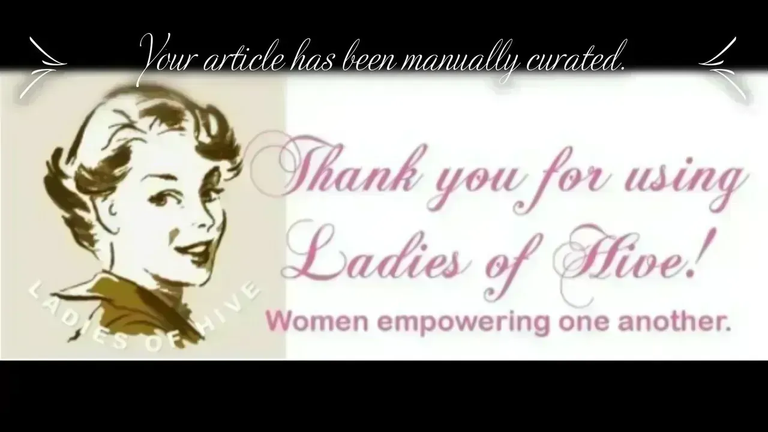Hi There!
Today I want to touch on a sensitive topic that affects all of us in one way or another!
You may have often heard the accusation that the Soviet economy was unable to provide women with hygiene products like tampons and pads. I don't have an exposé on this.
I have not found any statistics on the production of feminine hygiene products in the USSR, but according to many people's memories, the production of specialized products for women started in the 80s and did not cover the real demand. Women used absorbent cotton, bandages and other improvised means for years.
We are not going to justify the USSR, the problem of women's hygiene there really remained unsolved, but maybe after so many years finally came happiness for everyone else?
🩸 In India, as of 2011, about 70% of women cannot afford hygiene products. More than 88% of women resort to shocking alternatives such as uncleaned cloth, ash and flaky sand due to which they have increased incidences of reproductive tract infections.
🩸 In Zimbabwe, they still use leaves, grass, old newspapers, weeds, torn strips of cloth as an alternative to expensive and inaccessible pads.

🩸 But what do we care about poor countries, let's take a look at one of the flagships of the economy - the UK. And there 1 in 5 girls can barely afford to buy feminine products, about 2.8 million people (data for 2023). 37% said they had used tissues or absorbent cotton instead of feminine hygiene products in the last 12 months. 13% used socks or other clothing and 9% resorted to using paper or newspaper. The UK National Health Service is required to supply homeless shelters with free condoms, but not pads and tampons.
🩸 In the United States, the situation is similar with hygiene products being unaffordable for 1/5 of the population (1, 2). Few people know, but in the most democratic country in the world, in 21 states there is a tax on tampons and pads, from 4 to 7%, which reduces the availability of these products. Similar taxes were still in effect in the UK, Australia, Canada, etc. just a couple years ago.

🩸 The author of the book "The Economy with Two X's" concludes that poor nutrition causes poor girls to menstruate less, which means that they last longer with one pack of pads. As we can see, even so, the figures for the availability of sanitary products for girls are still disastrous, even taking into account that the poor have less need for pads due to poor nutrition.
🩸 Modern quality is also in question, in 2014, some of the most popular Always feminine sanitary pads were tested and found to contain "a number of chemicals that are either carcinogenic or adversely affect reproduction and fetal development, including styrene, chloroform and acetone.

Just like that, modern women in the "affluent" capitalist world have the marvelous opportunity to choose between leaves, sand, and toilet paper. Abundance, not your Soviet-style scarcity.
all img ceating by bing
